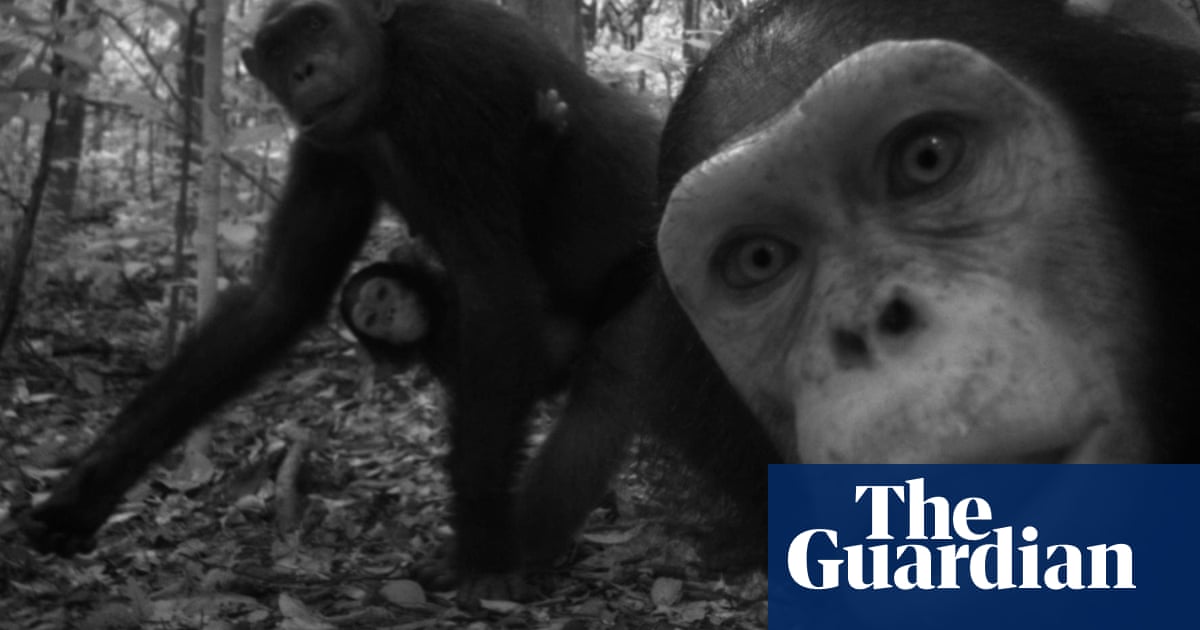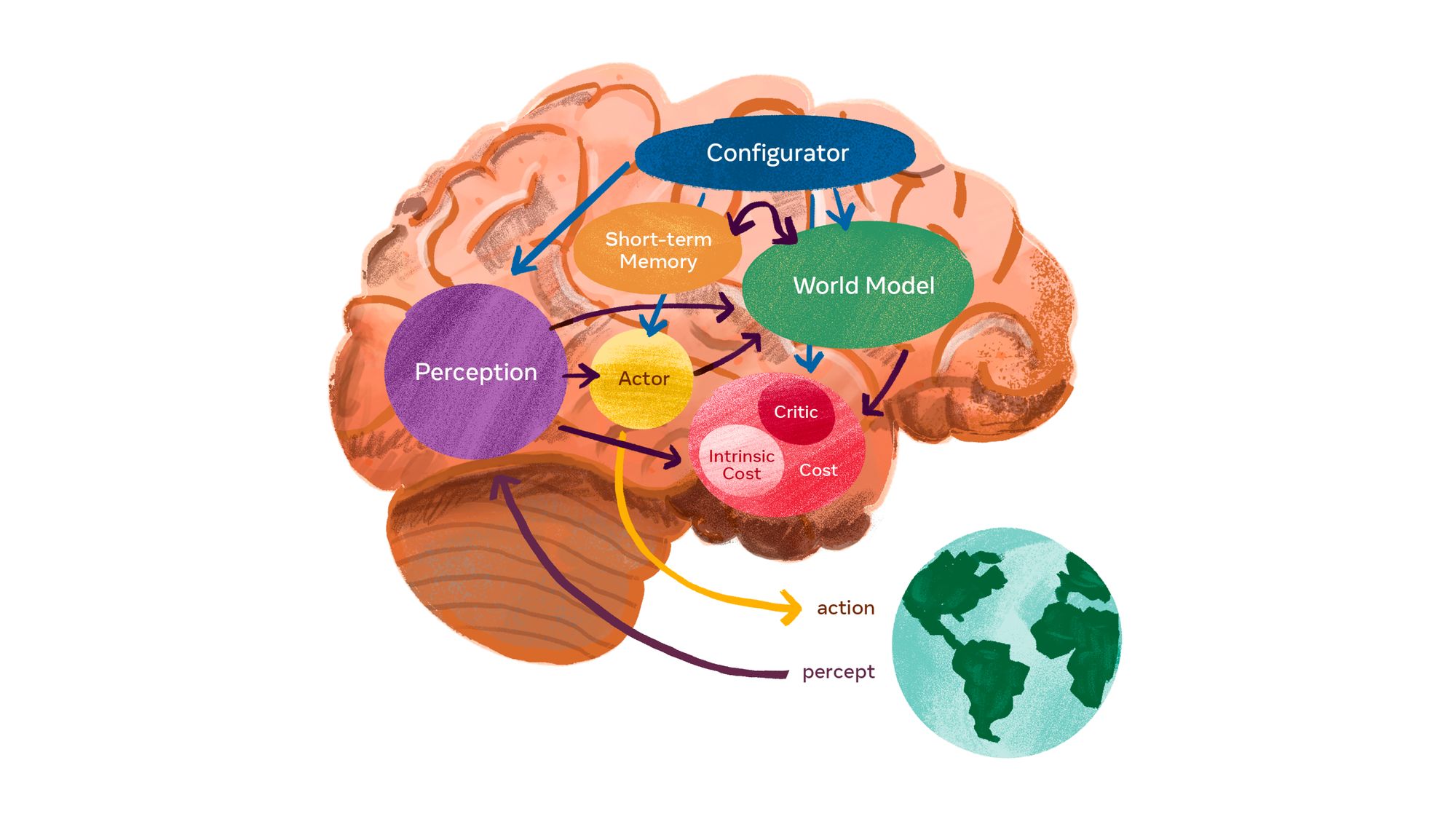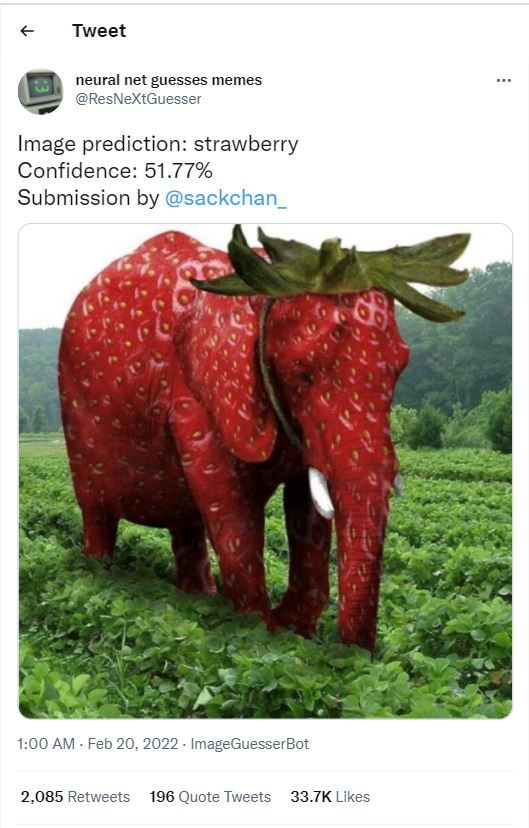Welcome to Nural's newsletter where you will find a compilation of articles, news and cool companies, all focusing on how AI is being used to tackle global grand challenges.
Our aim is to make sure that you are always up to date with the most important developments in this fast-moving field.
We now have Jobs section currently featuring an exciting data scientist role at startup AxionRay
Reach out to advertise your own tech roles!
Packed inside we have
- Meta plans universal speech translator
- Singapore creates country-scale digital twin;
- Five ways AI is saving wildlife
If you would like to support our continued work from £1 then click here!
Graham Lane & Marcel Hedman
Key Recent Developments
Meta announces plans to build an AI-powered "universal speech translator"

What: Meta (formerly Facebook) has revealed ambitious plans to create translation software that works for “everyone in the world.” So-called “less resourced” (i.e. under-served) languages often lack the corpora of text needed to train AI systems, and may not have a written system at all. Meta is addressing these problems by developing machine learning techniques that require fewer training examples, and also systems that translate in real-time from one language to another without going through a written intermediary.
Key Takeaways: Besides the idealistic aspects, universal translation software would support Meta’s strategic objectives in developing a global metaverse and greatly enhance wearable devices such as the Google/Ray-Ban Stories smart glasses. Meta has also recently announced the development of an AI supercomputer that will provide the massive computing power required to run the software. On the other hand, Facebook has a poor reputation with regard to fairness, hate speech and misinformation. These systemic issues will need to be addressed if the impressive technology is to be a success.
Blog: Teaching AI to translate 100s of spoken and written languages in real time
How Singapore created the first country-scale digital twin

What: Singapore is developing a “digital twin” of the entire nation. The digital twin is a replication of the real world through the intense digitisation of information and digitalisation of processes. It is seen as critical for sustainable, resilient, and smart development. An example is dealing with the impact of climate change by using a single, accurate, reliable terrain model. The model of the high-rise city is 3D and will cover static assets, such as bus stops, and dynamic information derived from sensors. The intention is that the Virtual Singapore will be used by all public bodies in order to promote integrated projects.
Key Takeaways: Singapore is well-suited to such a system since it is compact and densely populated. The digital twin is an integration of a number of underlying systems. In order to ensure long-term success it will be essential that the systems are kept fully up to date and that the integration of information works consistently.
If you’ve ever wondered what is the point of a digital twin then this interview gives a good introduction.
Five ways AI is saving wildlife – from counting chimps to locating whales

What: This recent article provides current examples of how AI is being used in wildlife conservation, covering poaching; tracking water loss; finding whales; protecting koalas; and counting species. All of the examples involve sensor data such as satellite, camera or infrared images, or sound recordings. These produce valuable data but in such large quantities – for example, 190,000 hours of acoustic marine recordings - that it is not possible for humans to review it.
Key Takeaways: Increasingly, machine learning and AI are being used to extract crucial information from large datasets by classifying images and sounds. In the case of sound, it also relies on the complex process of isolating the sound of interest – such as birdsong – from the general background noise. It is notable that this is an area of ongoing development. Kaggle, which hosts data science challenges, is currently hosting a competition to identify bird calls in soundscapes with cash prizes.
AI Ethics
🚀 Pulitzer Center launches AI Accountability Network
The Pulitzer Center is offering an AI Accountability Fellowship to 6-8 journalists to report on the impacts of algorithms and automated systems on communities worldwide. It is also offering Machine Learning Grants to journalists seeking to use machine learning to augment their reporting capacity on investigative and data journalism projects.
🚀 Zoom trials and kitten lawyers: inside the e-justice revolution
Will remote and AI-assisted justice improve access – or threaten human rights?
🚀 Facial recognition firm Clearview AI tells investors it’s seeking massive expansion beyond law enforcement
The controversial company has upped the ante by seeking funds so that “almost everyone in the world will be identifiable” within a year.
Other interesting reads
Yann LeCun on a vision to make AI systems learn and reason like animals and humans

Yann LeCun is Chief Scientist at Facebook and one of the pioneers of deep learning. Last week he was involved in a Twitter spat rejecting the idea that OpenAI’s GPT-3 might be showing signs of nascent consciousness. This week, coincidentally, he published a paper describing what he does think is required to achieve General Artificial Intelligence.
🚀 The US Copyright Office says an AI can’t copyright its art
AI pictures join divine revelations and photos taken by monkeys as not being eligible for protection because “the nexus between the human mind and creative expression” is a vital element of copyright.
🚀 Deepfake faces are even more trustworthy than real people, study warns
Fake faces created by artificial intelligence appear more trustworthy to human beings than real people do, new research suggests.
🚀 Listen to an AI voice actor trying to flirt with you
Startup claims improved authenticity of AI-generated speech by incorporating non-speech sounds such as tiny scoffs and half-hidden chuckles. You can listen and judge for yourself whether you would be bowled over by an artificial voice ...
Jobs
Data scientist - AxionRay
Axion are looking to hire a talented NLP DS lead as they enter hypergrowth. Axion is a stealth AI decision intelligence platform start-up working with electric vehicle engineering leaders to accelerate development, funded by top VCs.
Comp: $100k – $180k, meaningful equity!
If interested contact: marcel.hedman@axionray.com
Cool companies found this week
Natural Language Processing (NLP)
Cohere - provides an NLP software toolkit enabling advances in research to be integrated into practical applications. The company is led by a co-author of the game-changing paper from 2017 called "Attention is all you need" and has raised $125 million in round B funding.
NeuralSpace - provides a no-code NLP platform to access more than 80 “low resource” (i.e. less common) languages on the web. The company has raised $1.7 million in seed funding.
Data-centric AI
YData - describes itself as the first development platform for data quality, in line with the data-centric approach to AI that is being advocated by Andrew Ng. The development platform is free and aimed at open source users and community builders. The business model of the for-profit startup is to sell add-on services to enterprises.
And Finally, apropos wildlife conservation

AI/ML must knows
Foundation Models - any model trained on broad data at scale that can be fine-tuned to a wide range of downstream tasks. Examples include BERT and GPT-3. (See also Transfer Learning)
Few shot learning - Supervised learning using only a small dataset to master the task.
Transfer Learning - Reusing parts or all of a model designed for one task on a new task with the aim of reducing training time and improving performance.
Generative adversarial network - Generative models that create new data instances that resemble your training data. They can be used to generate fake images.
Deep Learning - Deep learning is a form of machine learning based on artificial neural networks.
Best,
Marcel Hedman
Nural Research Founder
www.nural.cc
If this has been interesting, share it with a friend who will find it equally valuable. If you are not already a subscriber, then subscribe here.
If you are enjoying this content and would like to support the work financially then you can amend your plan here from £1/month!


